Social distancing is going to become our way of life. Get ready for a new future.
To arrest the spread of coronavirus in its tracks, we will need to radically change almost everything we do: how we work, exercise, socialize, shop, manage our health, educate our kids, take care of family members.
We all want things to go back to normal quickly. But what most of us have probably not yet realized is that things will not go back to normal after a few weeks, or even a few months. Life as we know it will never be the same.
Now every country is trying to “flatten the curve”: impose social distancing to slow the spread of the virus so that the number of people sick at once does not cause the health-care system to collapse. That means the pandemic needs to last, at a low level, until either enough people have had Covid-19 and have developed immunity to it or there’s a vaccine.
How long would that take, and how draconian do social restrictions need to be? Yesterday President Donald Trump, announcing new guidelines such as a 10-person limit on gatherings, said that “with several weeks of focused action, we can turn the corner and turn it quickly.” In China, six weeks of lockdown are beginning to ease now that new cases have fallen to a trickle.
But it will not end there. If someone in the world has the virus, breakouts can and will keep recurring without stringent controls to contain them. A report from, researchers at Imperial College London proposed a way of doing this: impose more extreme social distancing measures every time admissions to intensive care units (ICUs) start to spike and relax them each time admissions fall. Here’s how that looks in a graph.
Each time there is a rise above a threshold—say, 100 per week—the country would close all schools and most universities and adopt social distancing. When they drop below 50, those measures would be lifted, but people with symptoms or whose family members have symptoms would still be confined at home.
What counts as “social distancing”? The researchers define it as “All households reduce contact outside household, school or workplace by 75%.” That doesn’t mean you get to go out with your friends once a week instead of four times. It means everyone does everything they can to minimize social contact, and overall, the number of contacts falls by 75%.
Under this model, the researchers conclude, social distancing and school closures would need to be in force some two-thirds of the time—roughly two months on and one month off—until a vaccine is available, which will take at least 18 months if it we succeed at all.
Now if we consider a model where this lockdown is not implemented. Without social distancing of the whole population, they found, even the best mitigation strategy—which means isolation or quarantine of the sick, the old, and those who have been exposed, plus school closures—would still lead to a surge of critically ill people eight times bigger than the US or UK system can cope with. Even if factories churn out beds and ventilators, all the other facilities and supplies at full production capacity, we will still fall short on nurses and doctors. Bet we’re all paying a price for the exorbitant tuition fee it takes to become a medical practitioner.
In all scenarios without this lockdown and widespread social distancing, for a continued tenure the number of Covid cases overwhelms the healthcare system.
How about imposing restrictions for just one batch of five months or so? No good—once measures are lifted, the pandemic breaks out all over again, only now it’s winter, the worst time for overstretched health-care systems in a lot of cold countries.
If full social distancing and other measures are imposed for five months, then lifted, the pandemic comes back.
Should we consider another brutal scenario: set the threshold number of ICU admissions for triggering social distancing much higher, accepting that many more patients would die?
Turns out it makes little difference. Even in the least restrictive of scenarios, we will have to be shut indoors more than half the time. This isn’t a temporary disruption. It’s the start of a completely different way of life.
Living in a state of pandemic
In the short term, this will be hugely damaging to businesses that rely on people coming together in large numbers: restaurants, cafes, bars, nightclubs, gyms, hotels, theatres, cinemas, art galleries, shopping malls, craft fairs, museums, musicians and other performers, sporting venues (and sports teams), conference venues (and conference producers), cruise lines, airlines, public transportation, private schools, day-care centres. That’s to say nothing of the stresses on parents thrust into home-schooling their kids, people trying to care for elderly relatives without exposing them to the virus, people trapped in abusive relationships, and anyone without a financial cushion to deal with swings in income.
Flip side of this pandemic are of course: gyms could start selling home equipment and online training sessions. There will be an explosion of new services in what has been dubbed the “shut-in-economy.” Less carbon-burning travel, more local supply chains, more walking and biking. Many businesses and livelihoods will be impossible to manage. The shut-in lifestyle just is not sustainable for long periods.
So how can we adapt and live in this new world? Part of the answer—hopefully— there will be better health-care systems, with pandemic response units that can move quickly to identify and contain outbreaks before they start to spread, and the ability to quickly ramp up production of medical equipment, testing kits, and drugs. It may be too late for this Covid-19, but it will help with future pandemics.
In the near term, we will probably find awkward compromises that allow us to retain some semblance of a social life that we once knew. Maybe movie theatres will take out half their seats, meetings will be held in larger rooms with spaced-out chairs, and gyms will require you to book workouts ahead of time to maintain crowd control. Since man is a social animal, we will certainly find ways around it. We will learn ways to spot anyone who is a disease risk. There will also be laws to deal with people who are against these new norms or not abide by them.
We can already see harbingers of this- Israel is going to track cell phone location data, Singapore is doing contact tracing. These systems will help identify if a person has encountered a carrier of the virus and publishing the person’s details.
Our new future right now is uncertain and cannot be predicted. But one can imagine a world in which, to get on a flight, you will have to be signed up to a service that tracks your movements via your phone. The airline would get an alert if you have been close to known infected person or disease hot spots. There would be similar screening at the entrance to large venues, government buildings, or public transport hubs. Let’s expect temperature scanners everywhere just like CCTV cameras and your workplace might demand you wear a monitor that tracks your temperature or other vital signs. Nightclubs (if they remain in business) will ask for proof of age, in future they might ask for proof of immunity—an identity card or some kind of digital verification via your phone, showing you’ve already recovered from or been vaccinated against the latest virus strains.
However, the true cost will be borne by the poorest and weakest. People with less access to health care, or who live in more disease-prone areas, will now also be more frequently shut out of places and opportunities open to everyone else. Gig workers—from drivers to plumbers to freelance yoga instructors—will see their jobs become even more precarious. Immigrants, refugees, the undocumented, and ex-convicts will face yet another obstacle to gaining a foothold in society.
There will be stringent rules to asses someone’s risk for disease. Giving governments and companies to choose any criteria that will decide your pay scale. There may be strict rules on the number of children people can have or not allow more than six members of a family to live in one house.
The world has changed many times, and it is changing again. All of us will have to adapt to a new way of living, working, and forging relationships. But as with all change, there will be some who lose more than most, and they will be the ones who have lost far too much already. The best we can hope for is that the depth of this crisis will finally force countries to fix the yawning social inequities.
For those of you still taking this as a joke my last request would be to try and watch the movie ‘Contagion’. Life as we know if will never go back to being the same. Let’s relearn a new way of life with an open mind, which will may this transition a tad smoother.
***Source – IMPERIAL COLLEGE COVID-19 RESPONSE TEAM
Gideon Lichfield

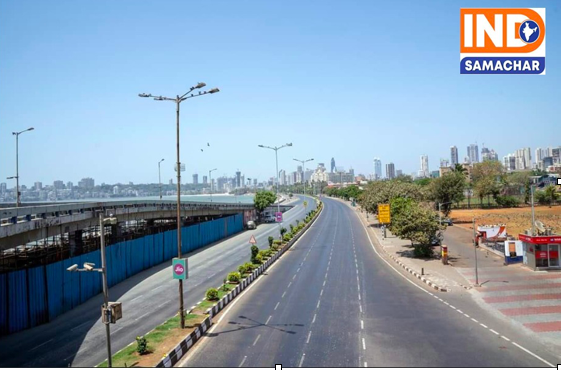

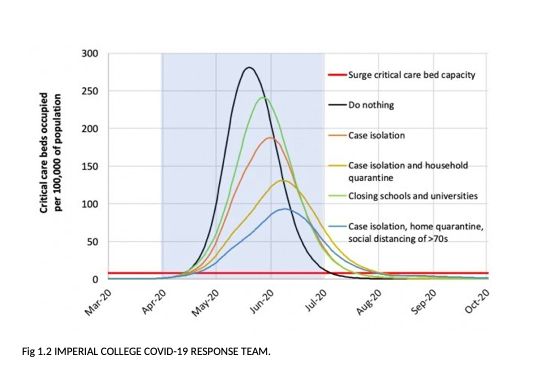
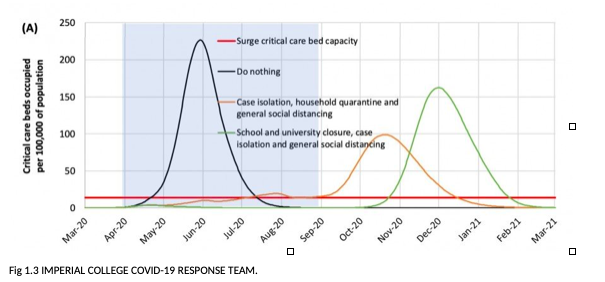






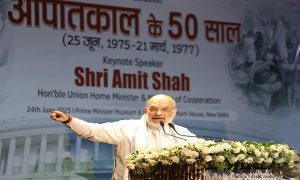





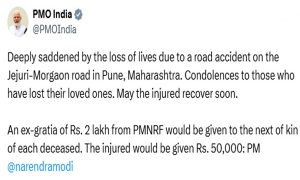













 WhatsApp us
WhatsApp us